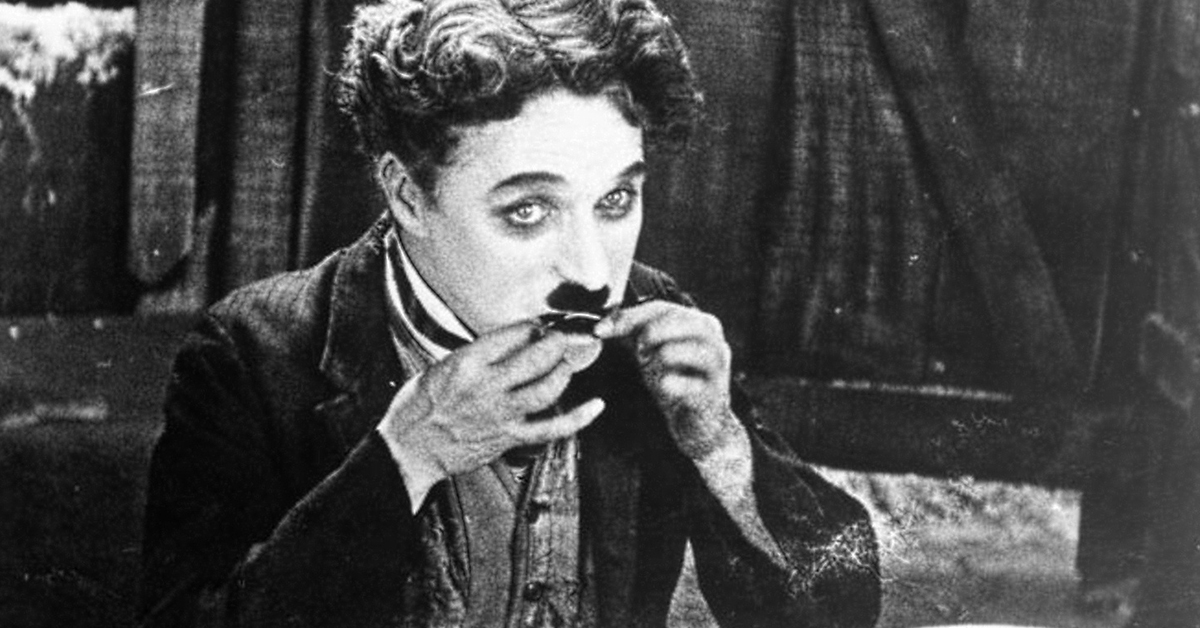
1925, Doctor Macro, United Artists (work for hire)
Charlie Chaplin and Albert Einstein shared very few traits. The former was an entertainer, the latter, a mathematical genius. But the two did have some common ground: wits.
Two of the best known people of the 1900s, Chaplin and Einstein once found themselves walking together in Hollywood. The duo received cheers from fellow pedestrians, and while Chaplin was used to the feeling, the scientist was left in awe. According to a memoir by Einstein’s physician and friend, János Plesch, Chaplin famously remarked:
They’re cheering us both: you because nobody understands you, and me because everybody understands me.
— Sir Charles Spencer “Charlie” Chaplin
With a career spanning 77 years, Charlie Chaplin performed for most of his life. Although he had a very rough upbringing – growing up in work homes, and tending to his mother who was suffering from psychosis – he showed interest in performing from as early as 9 years old. He achieved notoriety in the silent film era. Chaplin’s most notable appearance was in The Tramp, also known as The Little Tramp, which became the most memorable on-screen character played by the British actor. The Tramp was an icon in world cinema during the era of silent film.
Chaplin did not escape controversy, despite projecting a positive, humorous vibe throughout his profession as an entertainer. Between the 1930 and 1940, Chaplin found himself unable to contain his political beliefs, being deeply disturbed by the surge in militaristic nationalism in the United States.
At one point, he was even likened to Adolf Hitler, who was born four days later, had risen from poverty just like Chaplin, and wore the same toothbrush mustache as the Tramp. This was before Chaplin satired Adolf Hitler in The Great Dictator (1940). Because of his political views, he would later be banned from the United States.
In his final years, Chaplin’s health had deteriorated to the point that he needed constant attention. On December 25, 1977, he suffered a stroke in his sleep. He died at home at the age of 88.
Post A Reply